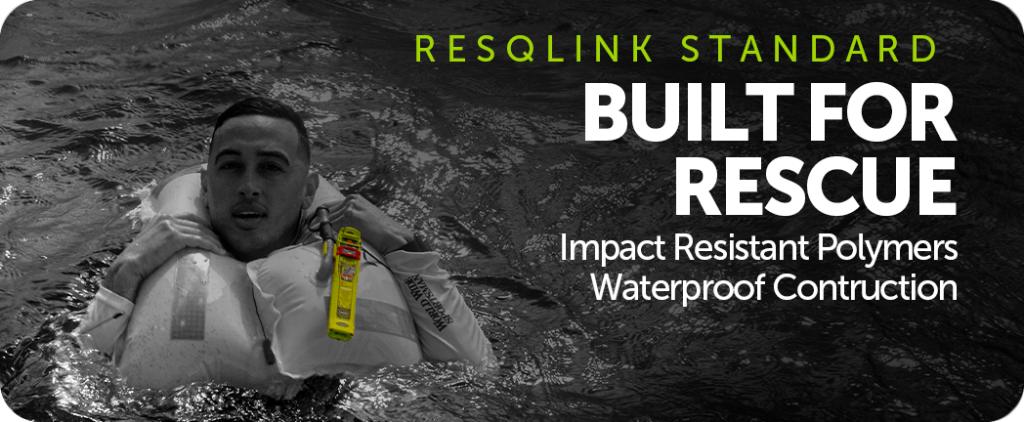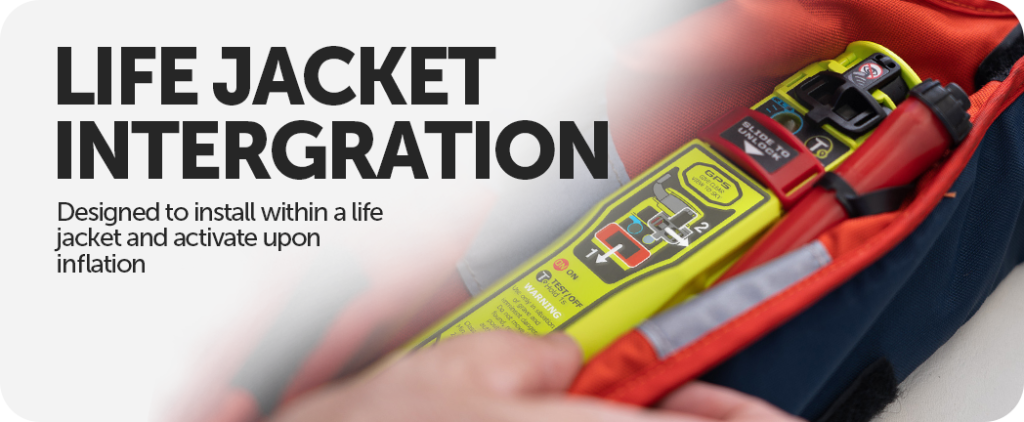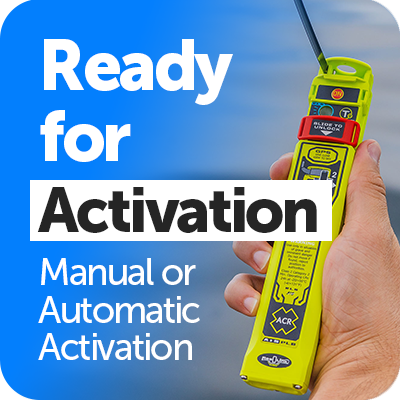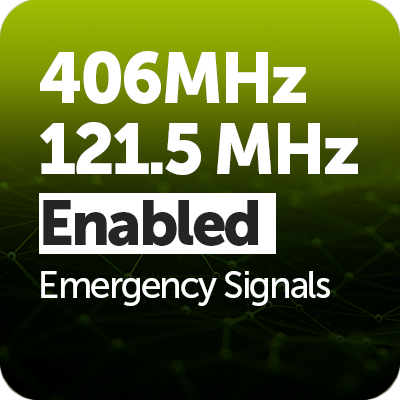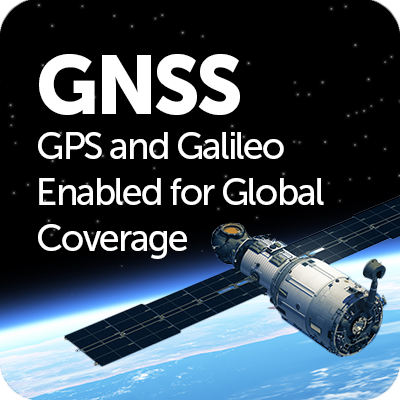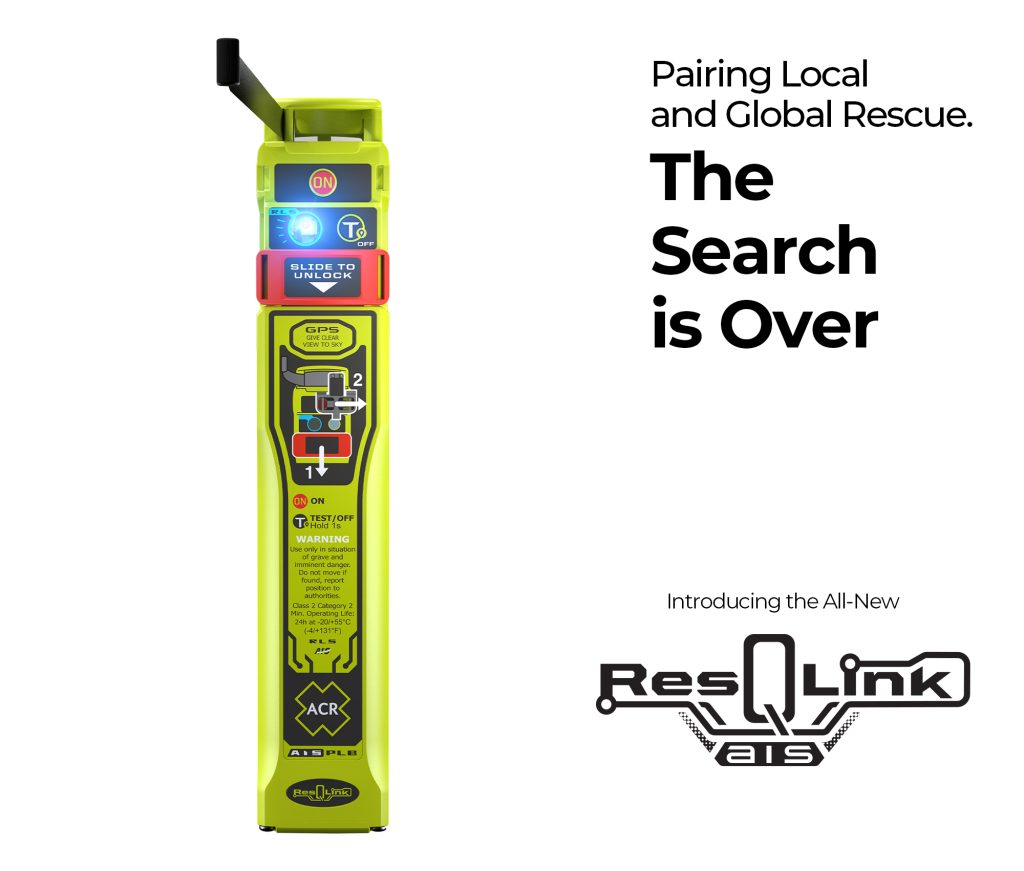The all new ACR ResQLink AIS Personal Locator Beacon (PLB) is the most technologically advanced beacon in the world as it contains both satellite and local transponders. With the introduction of Automatic Identification System (AIS) functionality, Return Link Service (RLS) technology, and Near Field Communication (NFC) capability in one 406 MHz beacon, the ResQLink AIS represents a critical advancement in the evolution of PLB technology.
ACR ResQLink AIS
The combination of 406 MHz and AIS distress messaging pairs both global and local rescue into one PLB for the first time, extending access to the Coast Guard and Search and Rescue as well as commercial and recreational boats in the area. Alerting local AIS equipped boats in your vicinity allows for additional vessels to respond directly to the digital mayday with your precise location.
In addition, NFC capability provides users with the world’s first smartphone connected PLB, the new Return Link Service feature provides users with the peace of mind knowing that their distress message has been received and their location detected.
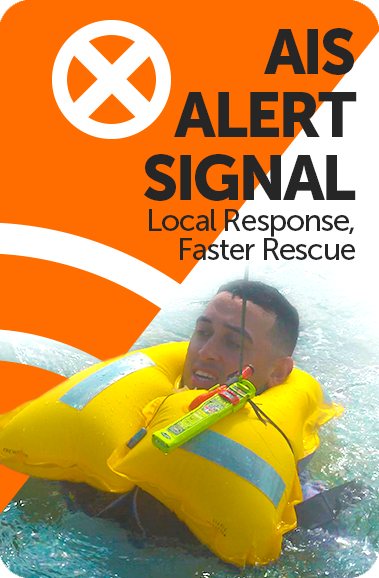
Pairing of Global and Local Rescue
AIS equipped vessels within VHF range of the PLB will see a safety message on their screens including MMSI vessel identification.
Vessels in the area where the PLB has been activated can then start rescue and recovery operations immediately without having to wait for emergency response. AIS also allows local responders to easily pinpoint the PLB’s location which is presented as an AIS target on their onboard display. Nearby vessels with onboard AIS can navigate directly to the PLB by selecting the AIS target.
This incredible technological advancement will speed recovery times which is sure to save lives.
Return Link Service (RLS) Enabled
RLS functionality works by sending a signal back through the Galileo satellite network to confirm to the beacon user that their distress message has been received and their location has been detected. A confirmation message is distinctly indicated by a flashing blue light on the PLB. Like other ACR beacons that include the important RLS feature, the ResQLink AIS provides the comfort of knowing that a distress message has been successfully delivered.
Understanding that rescuers are aware of the beacon transmission and location reduces the stress often associated with Man Overboard incidents.
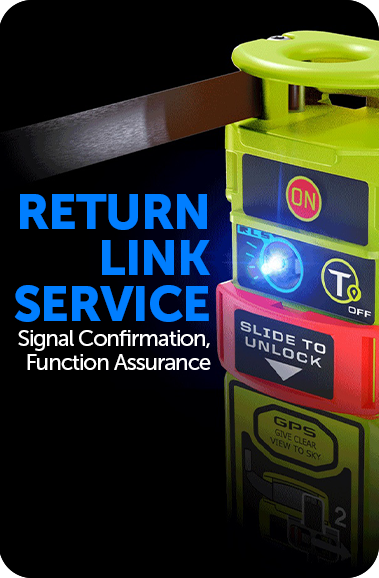
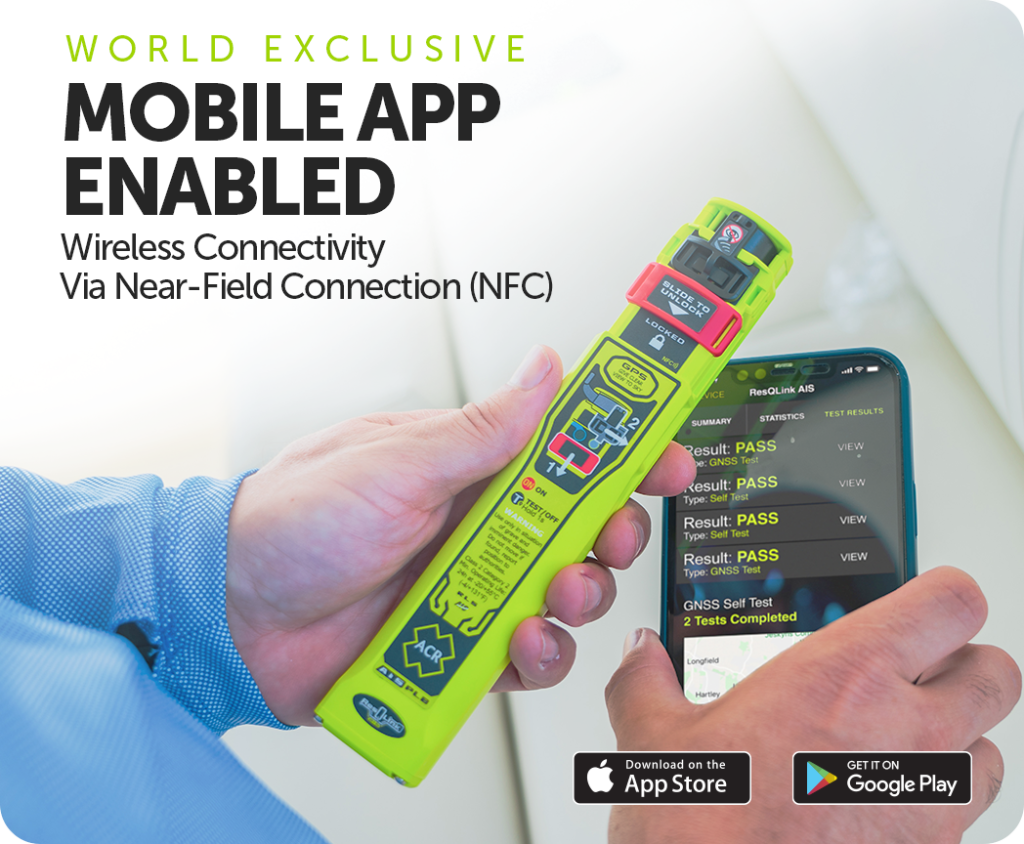
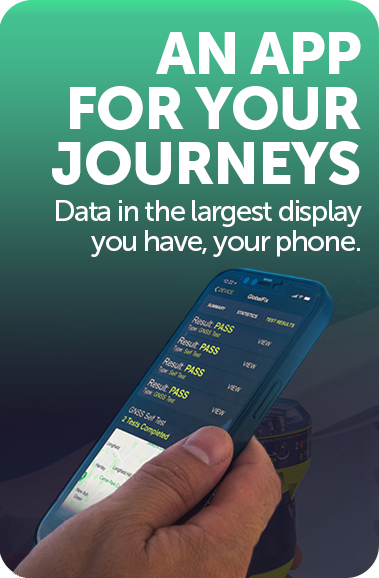
Smartphone Connectivity Utilizing Near Field Communication (NFC)
The integration of NFC technology provides users with the ability to conveniently access beacon data from their mobile phone. The simple act of placing a phone near the beacon automatically opens the ACR Product App and provides access to a wealth of usage data including current battery life, number of self-tests completed, number of GNSS tests completed, and if applicable, the amount of time the beacon has been activated.
Detailed information on each self-test and GNSS test performed by the beacon is also available if desired. For each successful GNSS test, users can view a map showing exactly where the test was performed, the date and time of the test, the time it took the beacon to get a fix on your GNSS coordinates, the number of satellites the beacon used to obtain that fix, and the accuracy of the location.
ResQLink AIS Comes Standard With

